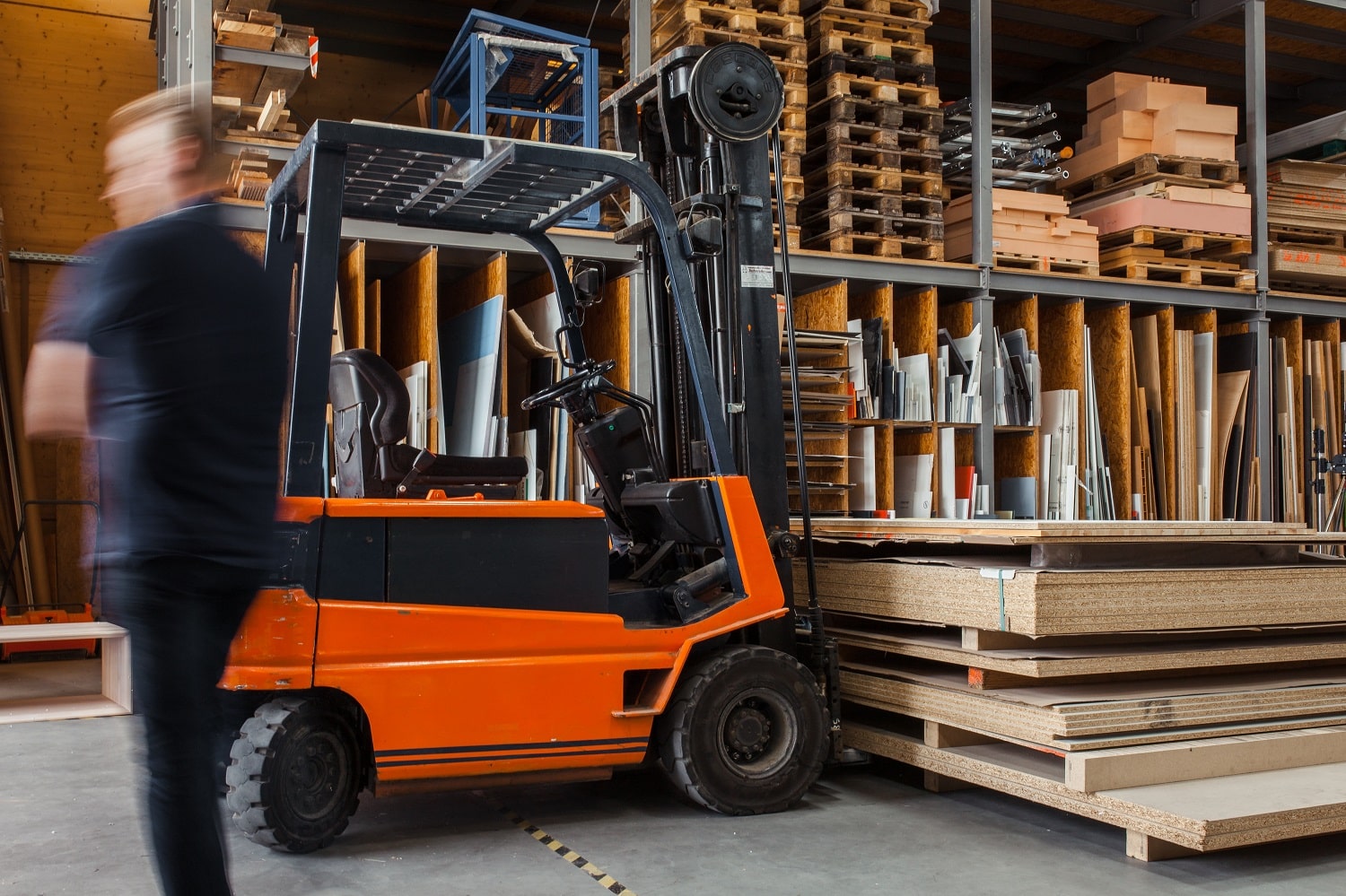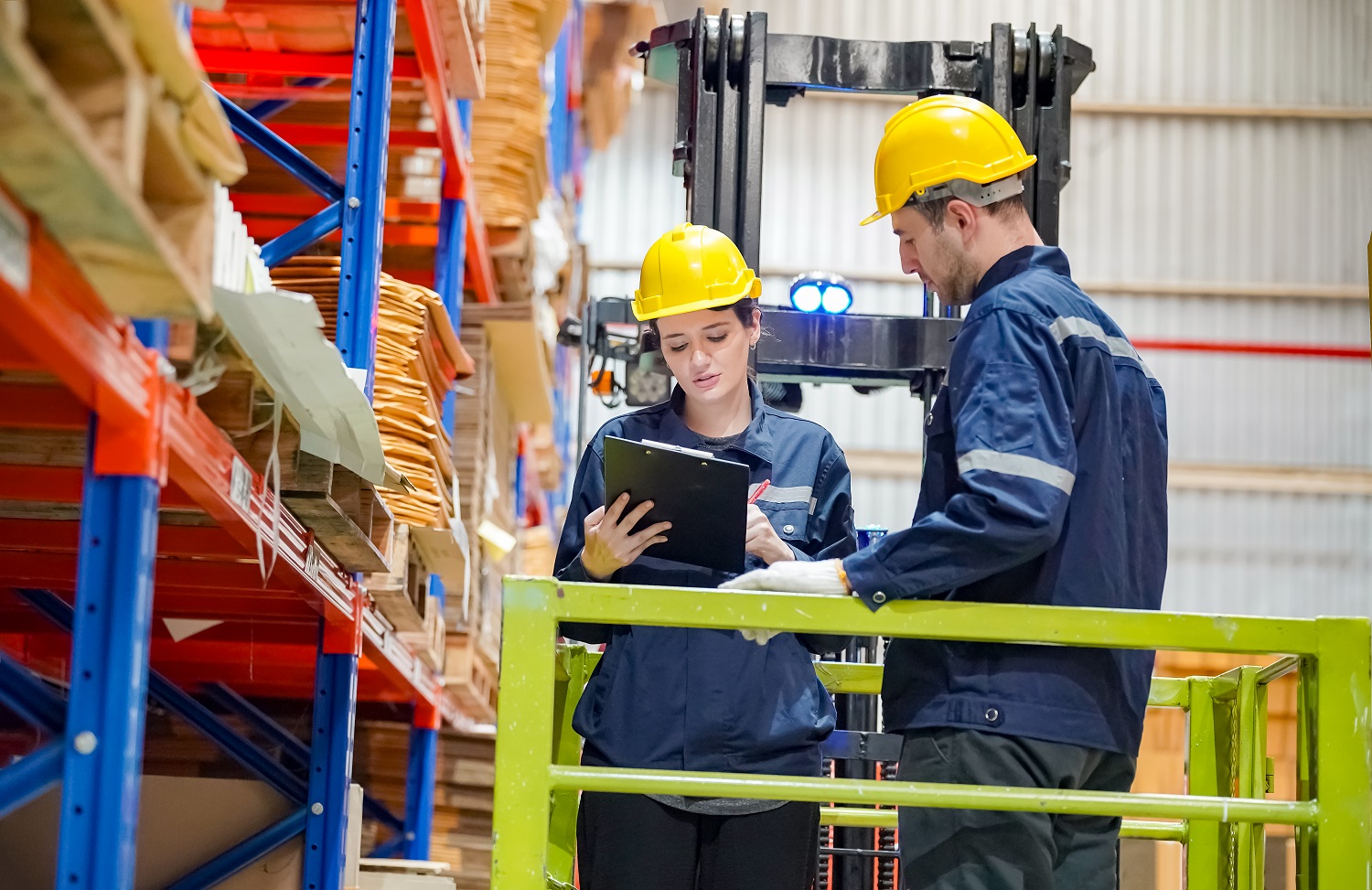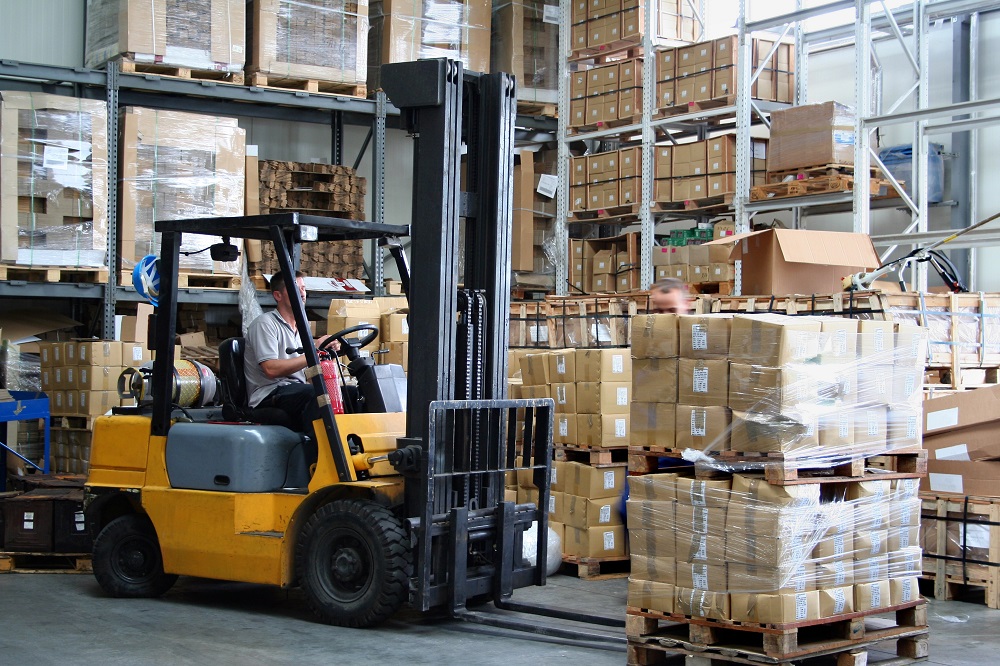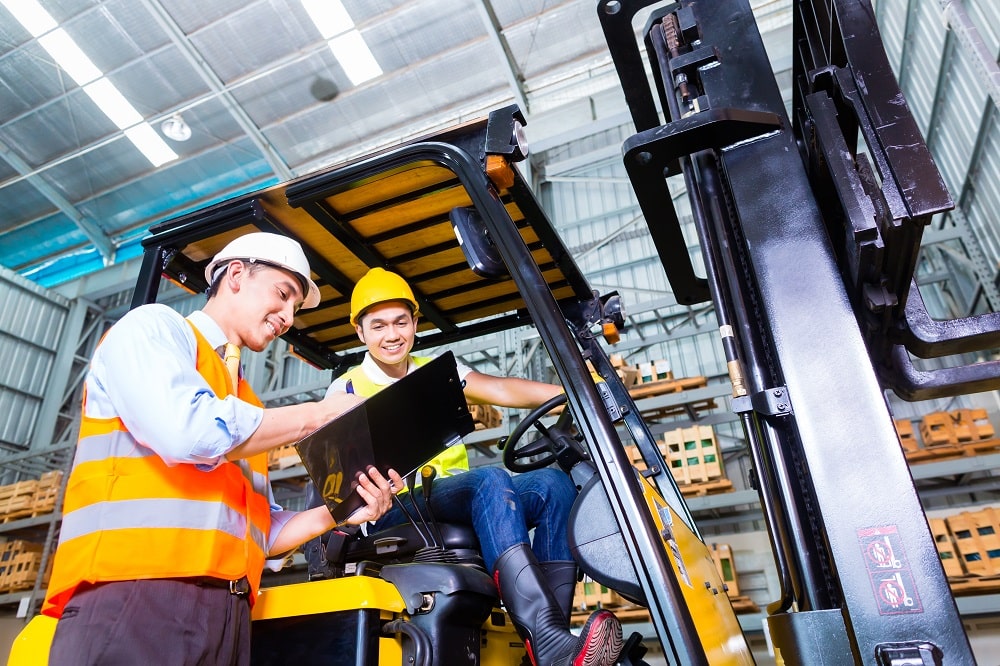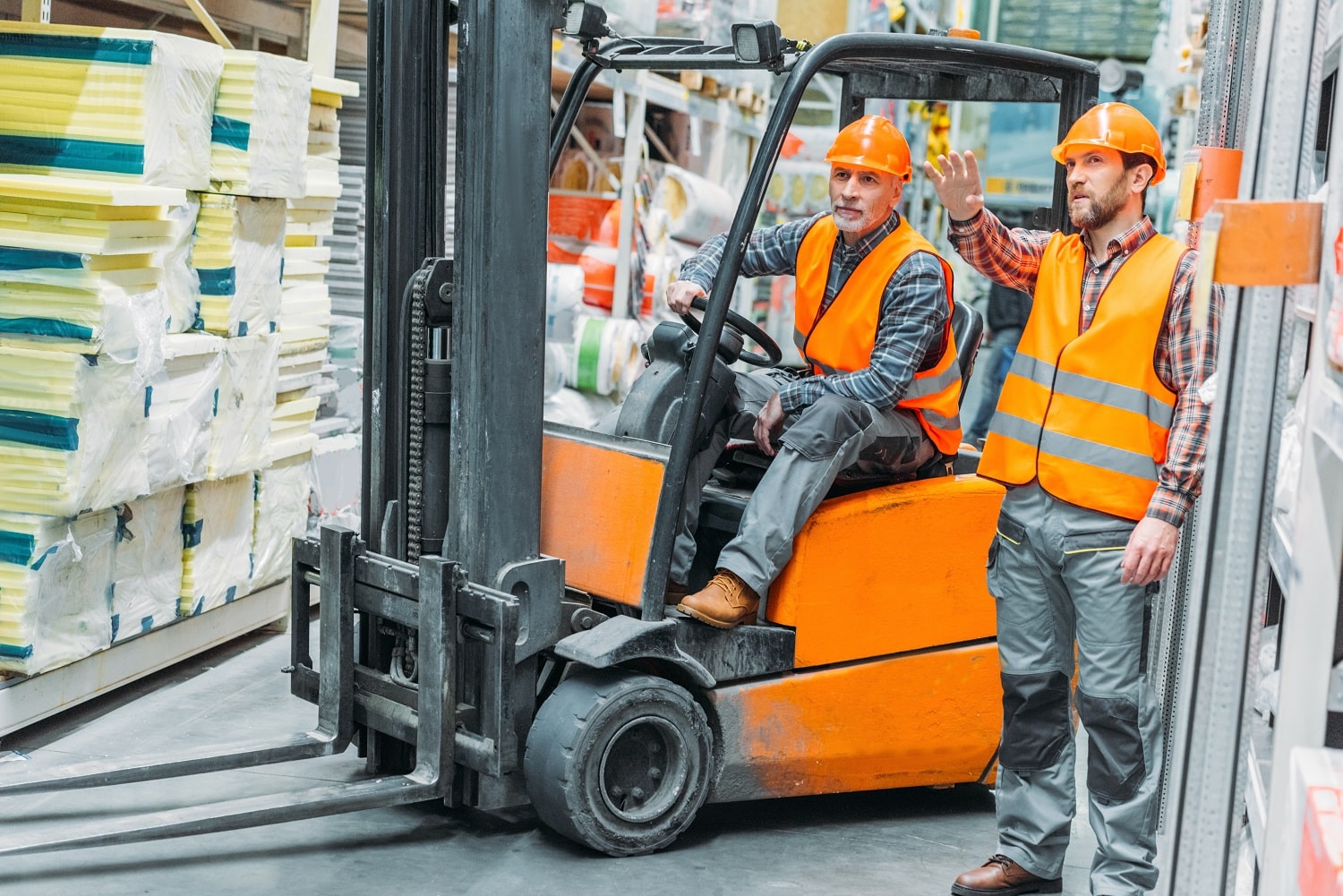How To Know When It’s Time To Replace Your Forklift Forks?
Your forklift’s metal forks may look indestructible, but they don’t last forever. They will wear out eventually, just like any other machine parts. In fact, 29 percent of all forks that have been independently inspected fail to meet safety standards.
A cursory inspection is insufficient to establish whether a fork needs to be replaced. As a result, the ANSI/ITSDF B-56.1 requirements require forks to be examined by a professional and skilled technician at least once a year (for single-shift operations). Similarly, OSHA requires that all motorized industrial trucks, including forklifts, be inspected every day if they are used 24/7.
How Do Forklift Forks Get Damaged?
You’re probably wondering how the forklift fork gets damaged or worn out as they seem like they could last forever. Here are the common reasons for how they get compromised.
- Incorrect chain adjustments
- Using the fork more than its rated capacity
- Driving the forklift while holding forks to the ground
- Hoisting big objects with a lifting chain attached to a single fork
- Using forks to pick up loads that are too far out
- Stress-causing attachments for the forks
- Minor mishaps
- Wear from regular use
How To Inspect And When To Replace Forklift Forks?
The key is to identify the signs of wear and replace the forks before they fail and cause problems. Here are the warning indicators that every forklift operator should be aware of:
Measure the thickness of the fork – A fork’s metal wears down over time. The load capacity can be reduced by 20% with just 10% wear. Use forklift calipers to measure the shaft because it could become difficult to notice over time. Then, compare the thickness of the fork blade, heel, and hook to your base measurement.
Check the angle between the blade and the shank – If it is greater than 93 degrees, the fork needs to be replaced. Do not let forks be bent back into place by any machine shops, as it cannot be fixed and is a dangerous repair.
Ensure the blade and shank are both straight – If any is bent, the fork cannot be used and must be replaced.
Examine fork surface cracks – The fork must be replaced if there’s a crack. Cracks are most prone to form near the heel area and welds.
Check the fork tip height – They should be around the same height. Forks need to be replaced if the difference between the height of each tip is greater than 3% of the length of the blade. For instance, if your forklift blade is 48 inches long, the height difference between the two forklift blades cannot be greater than 1.44 inches.
Check the positioning lock – The positioning lock or other fork retention mechanism should be thoroughly inspected. These kinds of pins secure the fork to the carriage and stop it from slipping away.
Inspect fork hooks thoroughly – Using calipers, check for wear and also straightness of fork hooks. If the hook’s lip touches the back of the caliper, the forks must be replaced.
Why Is It Important To Inspect Your Forklift Fork?
Every operator should know that it’s essential to inspect your forklift forks every day because it can lead to snapped forks, dropped or damaged loads, and serious accidents like injuries or, worst, death. Inspecting your forklifts and replacing the parts that need to be replaced can avoid accidents and fines from OSHA.
The Bottom-line
Replacing old or damaged forks before they break may seem to be expensive and a waste of effort and time. However, the reality of keeping your fork in good shape is crucial for preventing costly breakdowns and unnecessary downtime, preventing accidents, and avoiding hefty penalties from OSHA. Learning the initial signs of mechanical problems and resolving them as soon as possible would be greatly beneficial.

